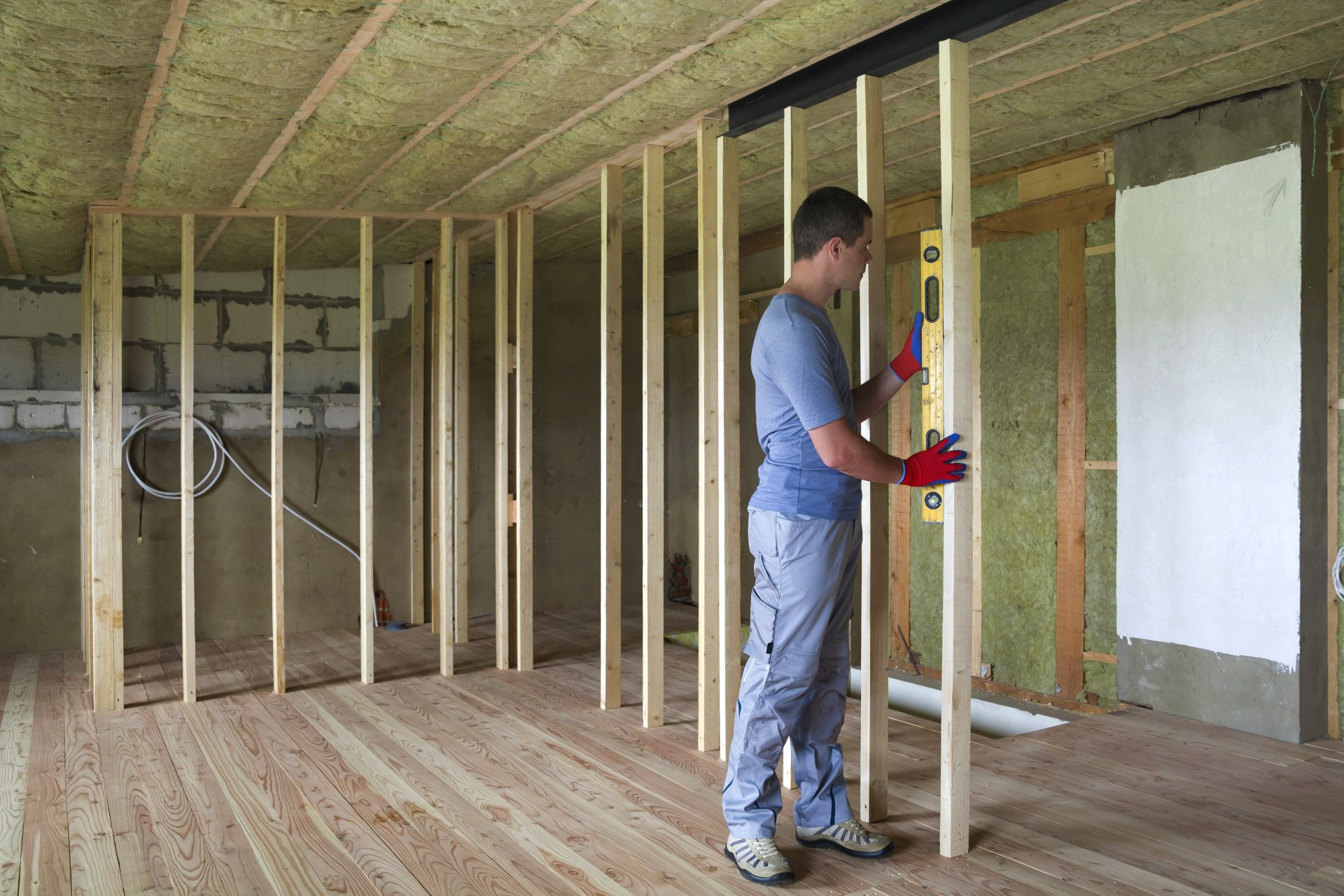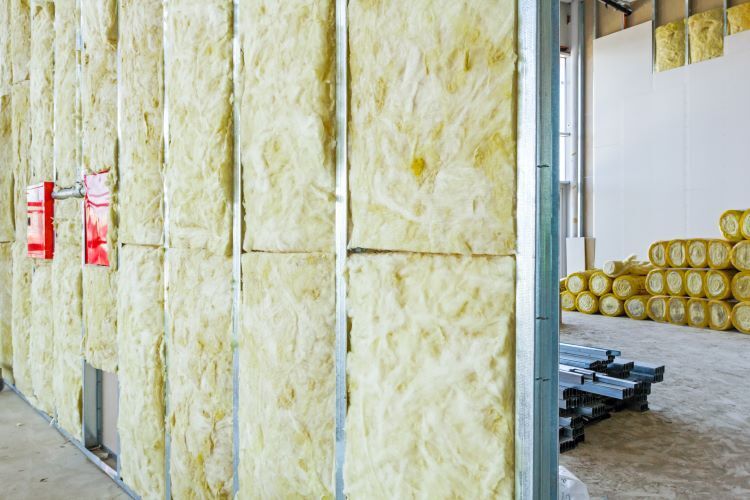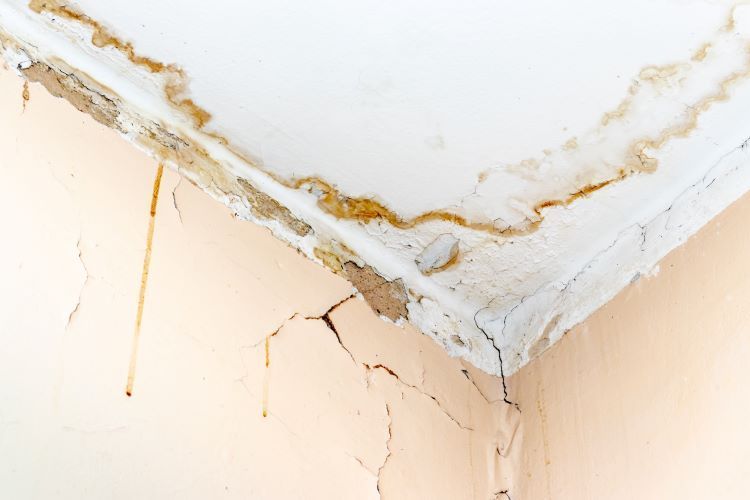Metal vs Wood Drywall Framing

When it comes to drywall framing, choosing between metal and wood framing is one of the most important decisions you'll make. Each material has its own set of advantages and disadvantages that can impact the cost, durability, and overall performance of your project. At Windsor Drywallers, we aim to provide our clients with the best information to help them make informed decisions. In this article, we'll explore the differences between metal and wood framing to help you determine which is the best fit for your next drywall project.
Metal Framing
Advantages of Metal Framing:
- Durability and Strength:
- Metal studs are highly durable and resistant to warping, cracking, and splitting. This makes them an excellent choice for structures that require long-term stability.
- They are also non-combustible, providing added safety in the event of a fire.
- Moisture and Pest Resistance:
- Unlike wood, metal does not absorb moisture, which helps prevent mold and mildew growth.
- Metal studs are also resistant to pests such as termites and carpenter ants, reducing the risk of structural damage over time.
- Consistency:
- Metal studs are manufactured to precise specifications, ensuring uniformity in size and shape. This can make installation easier and more efficient, particularly in large-scale projects.
- Sustainability:
- Many metal studs are made from recycled materials and are fully recyclable at the end of their life cycle, making them an environmentally friendly option.
Disadvantages of Metal Framing:
- Thermal Conductivity:
- Metal conducts heat and cold more readily than wood, which can lead to energy efficiency issues if not properly insulated. Thermal bridging can result in heat loss during winter and heat gain during summer.
- Cost:
- While metal studs can be cost-effective in certain applications, they are generally more expensive than wood studs. The initial material cost can be higher, impacting the overall budget of the project.
- Sound Insulation:
- Metal framing can be less effective at sound insulation compared to wood. This can be a consideration in residential projects where noise reduction is a priority.
Wood Framing
Advantages of Wood Framing:
- Cost-Effective:
- Wood is generally less expensive than metal, making it a popular choice for residential construction and smaller projects.
- The availability of wood and ease of handling can reduce labor costs and construction time.
- Thermal Insulation:
- Wood is a natural insulator, providing better thermal performance than metal. This can contribute to improved energy efficiency and lower heating and cooling costs.
- Ease of Modification:
- Wood framing is easier to modify on-site, allowing for greater flexibility during construction. Adjustments and customizations can be made with basic carpentry tools.
- Aesthetic Appeal:
- Many builders and homeowners prefer the traditional look and feel of wood. It can also be stained or painted to match the interior design of the space.
Disadvantages of Wood Framing:
- Susceptibility to Moisture and Pests:
- Wood is prone to absorbing moisture, which can lead to rot, mold, and mildew. Proper treatment and sealing are necessary to protect against these issues.
- Wood framing is also vulnerable to pests such as termites and carpenter ants, which can cause significant damage if not addressed.
- Flammability:
- Wood is a combustible material, which can be a safety concern in the event of a fire. Fire-retardant treatments can mitigate this risk but add to the cost.
- Inconsistency:
- Natural variations in wood can lead to inconsistencies in size and shape, potentially complicating the installation process. Warping, twisting, and splitting can also occur over time, affecting the structural integrity.
Making the Right Choice
The choice between metal and wood framing ultimately depends on the specific needs and constraints of your project. Here are some factors to consider:
- Budget: If cost is a primary concern, wood framing may be the more economical choice. However, consider the long-term maintenance costs associated with potential moisture and pest issues.
- Project Type: For commercial buildings and high-rise structures, metal framing is often preferred for its strength and durability. In contrast, wood is commonly used in residential construction and small-scale projects.
- Environmental Conditions: Consider the climate and environmental conditions of your area. In regions with high humidity or termite activity, metal framing may offer better protection and longevity.
- Energy Efficiency: If energy efficiency and thermal performance are top priorities, wood framing may be the better option. Ensure proper insulation is used to minimize thermal bridging with metal framing.
Conclusion
Both metal and wood framing have their own unique advantages and disadvantages. At Windsor Drywallers, we have extensive experience working with both materials and can help guide you through the decision-making process. Our team is dedicated to delivering high-quality drywall services that meet your specific needs and preferences.
Contact Windsor Drywallers today to discuss your project and learn more about our comprehensive drywall framing services. Let us help you build a strong, durable, and beautiful structure that stands the test of time.
Windsor Drywallers is your trusted local expert for all drywall needs in Windsor, Ontario. From framing to finishing, we provide top-quality services to ensure your project is completed to the highest standards. Visit our website or call us for more details.
You might also like


